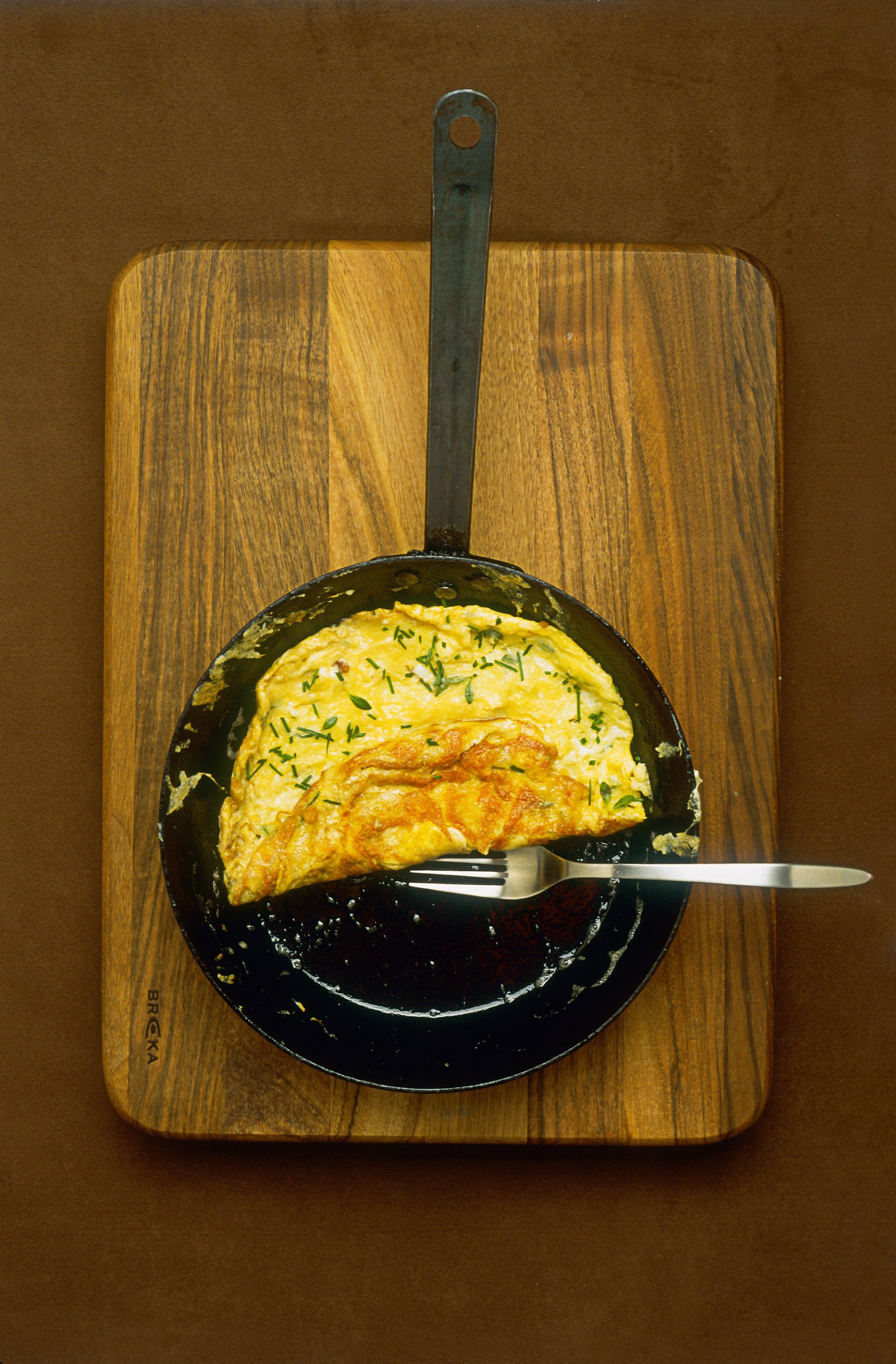
No one wants to be that person eating cottage cheese when everyone else is tucking into French toast and sausage. But many women I know wake up on Monday with serious food remorse after overdoing it at Sunday brunch. To enjoy yourself without going overboard, use these savvy strategies.
Make omelets your go-to
Omelets don’t feel “diet-y,” and you can customize them to be lean. Nix cheese, bacon and meat (eggs alone have enough protein) and add plenty of veggies and avocado for good fat. Most omelets come with both toast and potatoes—choose just one to avoid carb overload. Or swap potatoes for a side salad (some restaurants even offer this on the menu).
Limit yourself to one splurge
At brunch, extras can add up quickly. A piece of scone with a smear of jam, a strip of bacon from your friend’s plate— before you know it, you’ve eaten your way into a serious calorie surplus. Next time, plan in advance your one treat, like a few bites of your hubby’s hash browns. Then savor it and stop there. Sure, it’s not as much fun as nibbling willy-nilly, but you aren’t totally depriving yourself either.
Get a side of fruit
Having an array of berries, cut watermelon or the like in front of you can keep you from digging into the muffin basket, and you’ll save a ton of calories. In addition to being chock-full of nutrients and fiber, fresh fruit is water-rich, which means there are fewer calories per bite compared with dry, pastry-type goodies. Case in point: Just one mini banana nut muffin contains about 100 calories, while a cup of cut cantaloupe (about a tennis ball–size portion) has only 50.
Order a mimosa, hold the OJ
A flute of straight champagne actually has more calories than juice (125 versus 109), but cutting out the OJ will slash your carb intake by about 5 grams (from 8 to 3), essentially all of it from the juice’s sugar. Since you’ll be eating other starchy foods, and you may be lounging around after your meal rather than exercising, you won’t want those excess carbs, which will end up getting stored as fat.
Cynthia Sass, MPH, RD, is Health’s contributing nutrition editor, and privately counsels clients in New York, Los Angeles, and long distance. Cynthia is currently the sports nutrition consultant to the New York Rangers NHL team and the Tampa Bay Rays MLB team, and is board certified as a specialist in sports dietetics.
This article originally appeared on Health.com
More from Health.com:
More Must-Reads From TIME
- The 100 Most Influential People of 2024
- The Revolution of Yulia Navalnaya
- 6 Compliments That Land Every Time
- What's the Deal With the Bitcoin Halving?
- If You're Dating Right Now , You're Brave: Column
- The AI That Could Heal a Divided Internet
- Fallout Is a Brilliant Model for the Future of Video Game Adaptations
- Want Weekly Recs on What to Watch, Read, and More? Sign Up for Worth Your Time
Contact us at letters@time.com